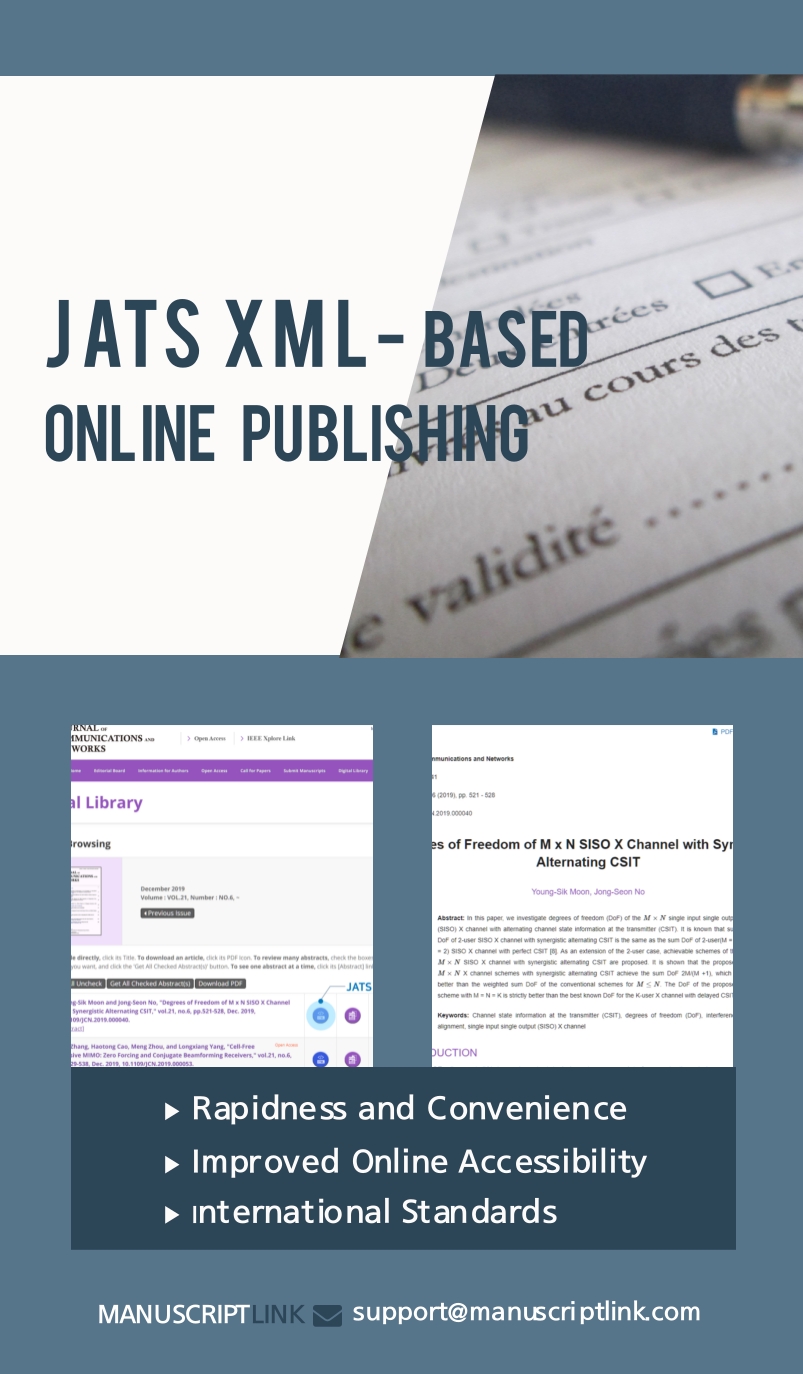30th AMSTERDAM International Conference on Infrastructure Resilience & Climate Change Adaptation (AIRCCA-25) Sept. 24-26, 2025 Amsterdam (Netherlands)
AIRCCA-25
- URL: https://earcee.eares.org/conference/296
- Event Date: 2025-08-24 ~ 2025-08-26
- Submission Date: 2025-08-11
- Organizer: https://earcee.eares.org/conference/296
Biochemistry Environmental & Geological Engineering Mechanical Engineering Biomedical Technology Environmental & Geological Engineering Environmental Sciences Fluid Mechanics Quantum Mechanics
Here are some broad topics on Infrastructure Resilience and Climate Change Adaptation:
I. Understanding Climate Change Impacts on Infrastructure:
- Climate Hazards and Infrastructure Vulnerability:
- Increased frequency and intensity of extreme weather events (heatwaves, floods, droughts, storms, wildfires).
- Sea-level rise and coastal erosion impacts on ports, bridges, and coastal communities.
- Changes in precipitation patterns and their effects on water infrastructure and transportation.
- The impact of thawing permafrost on infrastructure in cold regions.
- Cascading impacts of climate events across interconnected infrastructure systems.
- Risk Assessment and Modeling:
- Developing climate change scenarios for infrastructure planning.
- Vulnerability assessments of different infrastructure sectors (transportation, energy, water, communication, buildings).
- Probabilistic risk modeling and uncertainty analysis in climate projections.
- Spatial analysis and GIS for identifying vulnerable infrastructure assets.
- Incorporating climate risks into infrastructure lifecycle assessments.
II. Strategies for Climate Change Adaptation in Infrastructure:
- Resilient Design and Engineering:
- Designing infrastructure to withstand extreme temperatures, flooding, and high winds.
- Use of climate-resilient materials and construction techniques.
- Elevating infrastructure in flood-prone areas.
- Implementing flexible and adaptable designs.
- Nature-based solutions for infrastructure resilience (e.g., green infrastructure for stormwater management, coastal wetlands for storm surge protection).
- Infrastructure Management and Maintenance:
- Adaptive management strategies for infrastructure operations.
- Predictive maintenance using climate data and AI.
- Retrofitting existing infrastructure to enhance resilience.
- Developing emergency response and recovery plans for climate-related disasters.
- Ensuring the resilience of supply chains for infrastructure materials and operations.
- Technological Innovations:
- Smart infrastructure and sensor technologies for monitoring and early warning.
- Digital twins for simulating climate impacts and testing resilience measures.
- AI and machine learning for climate risk analysis and adaptation planning.
- Use of drones and robotics for infrastructure inspection and repair in hazardous conditions.
- Development of new materials with enhanced climate resilience.
III. Policy, Governance, and Socio-Economic Aspects:
- Policy Frameworks and Regulations:
- Integrating climate change adaptation into infrastructure planning and regulations.
- Developing building codes and standards that account for future climate risks.
- Incentivizing climate-resilient infrastructure investments.
- Policy tools for managing climate risks to infrastructure (e.g., insurance, risk transfer mechanisms).
- Intergovernmental cooperation on cross-border infrastructure resilience.
- Economic and Financial Considerations:
- Cost-benefit analysis of climate adaptation measures in infrastructure.
- Financing mechanisms for resilient infrastructure projects (public and private sector).
- Economic impacts of infrastructure disruptions due to climate change.
- The role of infrastructure in fostering climate-resilient economic development.
- Valuing the co-benefits of climate-resilient infrastructure (e.g., environmental and social benefits).
- Social Equity and Justice:
- Addressing the disproportionate impacts of climate change on vulnerable populations and their access to resilient infrastructure.
- Ensuring equitable distribution of the benefits of climate adaptation in infrastructure.
- Community engagement and participation in the planning and design of resilient infrastructure.
- Incorporating Indigenous knowledge and practices in climate adaptation strategies.
- Climate gentrification and its implications for infrastructure development.
IV. Sector-Specific Resilience and Adaptation:
- Transportation Infrastructure: (Roads, railways, ports, airports)
- Resilience to flooding, heatwaves, landslides, and extreme weather.
- Developing alternative transportation modes and routes.
- Climate-proofing transportation networks for supply chain resilience.
- Energy Infrastructure: (Power generation, transmission, distribution)
- Resilience to extreme temperatures, storms, and water scarcity.
- Transitioning to decentralized and renewable energy systems.
- Enhancing the resilience of energy grids to climate shocks.
- Water Infrastructure: (Water supply, sanitation, wastewater treatment)
- Managing water scarcity and drought conditions.
- Protecting water infrastructure from flooding and contamination.
- Implementing water-efficient technologies and practices.
- Communication Infrastructure: (Telecommunications, internet)
- Ensuring the reliability of communication networks during extreme weather events.
- Protecting critical communication infrastructure from physical damage.
- Built Environment: (Buildings, urban areas)
- Designing energy-efficient and climate-resilient buildings.
- Urban heat island mitigation strategies.
- Integrating green spaces and blue infrastructure in urban planning.
















